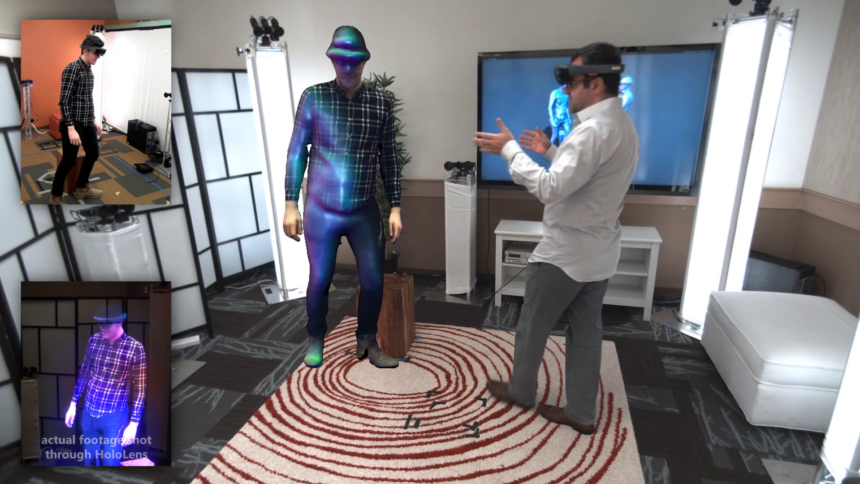“Welcome to the future of communication: Holoportation, where distance is just an illusion.”
Holoportation is an innovative technology that merges the realms of virtual reality, holography, and telepresence, allowing individuals to be virtually present in a remote location while interacting with people and environments in real-time. By capturing a three-dimensional holographic representation of a person and transmitting it over the internet, holoportation enables a more immersive and engaging form of communication compared to traditional video calls. This cutting-edge advancement holds the potential to revolutionize various fields, including business, education, and social interaction, fostering collaboration and connection across distances like never before. As holoportation continues to evolve, it offers exciting possibilities for enhancing connectivity and redefining how we experience presence in the digital age.
how to create holoportation!
Holoportation is a multi-step process that combines several advanced technologies. Here’s a breakdown of the methods and components involved in holoportation:
1. **3D Scanning**: The first step in holoportation involves capturing a high-resolution 3D model of a person or object. This is typically done using a matrix of cameras positioned around the subject. These cameras record multiple angles and perspectives, creating a comprehensive 3D representation.
2. **Data Processing**: Once the 3D scan is complete, the captured images and data are processed using advanced algorithms. This step involves creating a holographic model that accurately represents the subject in real-time and ensuring that it includes texture, colors, and depth information.
3. **Compression and Transmission**: The holographic data is then compressed to reduce its size for transmission. This is crucial for ensuring smooth and efficient movement of data over the internet, especially in real-time applications. High-speed internet connectivity is essential for effective holoportation.
4. **Rendering**: At the receiving end, the holographic data is rendered using specialized software and hardware. This process reconstructs the 3D hologram for viewing in virtual or augmented reality environments. Advanced graphical processing units (GPUs) may be utilized to handle the complex rendering required.
5. **Immersive Display**: To experience holoportation, users typically need immersive display technology, such as VR headsets or AR glasses. This equipment allows users to view and interact with the holoportation experience as if the remote person were physically present.
6. **Interaction and Feedback**: Holoportation also incorporates real-time interaction capabilities. Users can communicate and respond to each other as they would in a physical space, often enhanced by spatial audio technology to provide a realistic experience.
7. **Applications**: The potential applications of holoportation are vast, including remote work, virtual meetings, education, healthcare consultations, and social interactions. The technology can enhance collaboration across distances, making it feel as if participants are present in the same room.
As technology continues to advance, the methods and applications of holoportation are expected to evolve, leading to even more sophisticated and immersive experiences.
f you enjoy exploring the latest advancements in science and technology, be sure to follow us with Mac & Tim for more engaging and informative blogs! Stay updated on a wide range of topics, from groundbreaking research and innovative technologies to intriguing discoveries in various fields. Don’t miss out on the opportunity to expand your knowledge and stay connected with the scientific community. Join us on this exciting journey of exploration and learning!
